The AMD Radeon VII Review: An Unexpected Shot At The High-End
by Nate Oh on February 7, 2019 9:00 AM ESTPower, Temperature, and Noise
As always, we'll take a look at power, temperature, and noise of the Radeon VII. While it is customary to look at voltages and clockspeeds, given the SMU changes that was not possible this first time around.



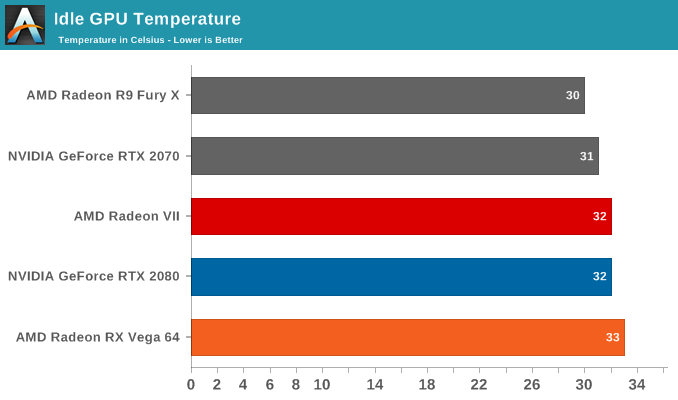
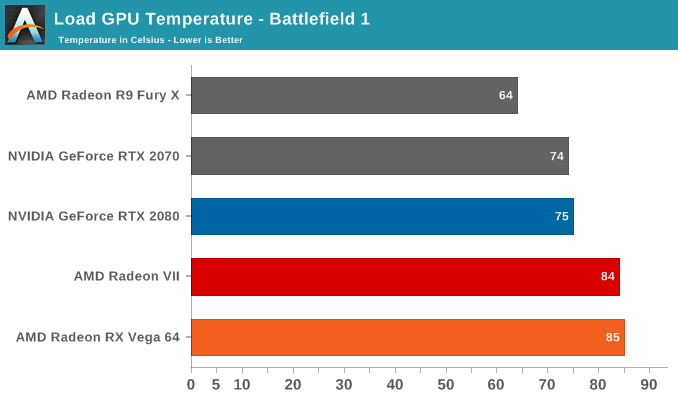
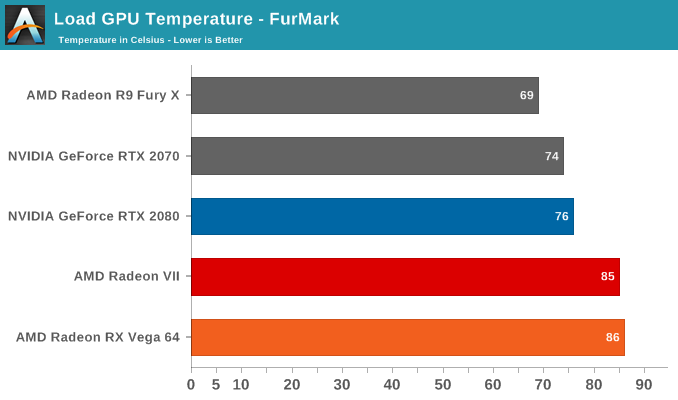
The noise levels of the card look surprising at first blush. Ultimately, what's happening here is the consequence of a very aggressive fan curve, one that invests all potential acoustic improvements of an open-air triple fan card for cooling capability. Going this route makes the fan noise comparable to RX Vega 64's blower.
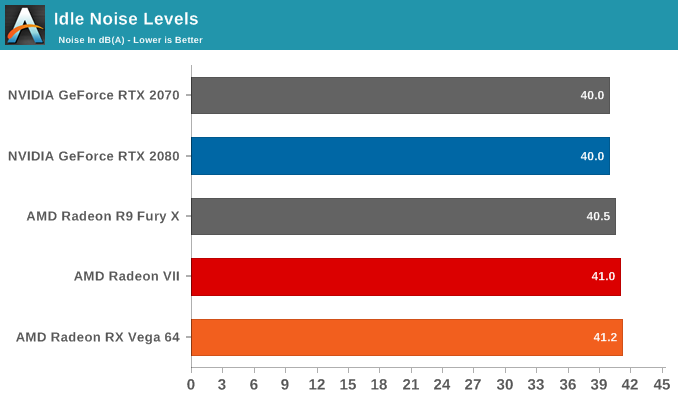
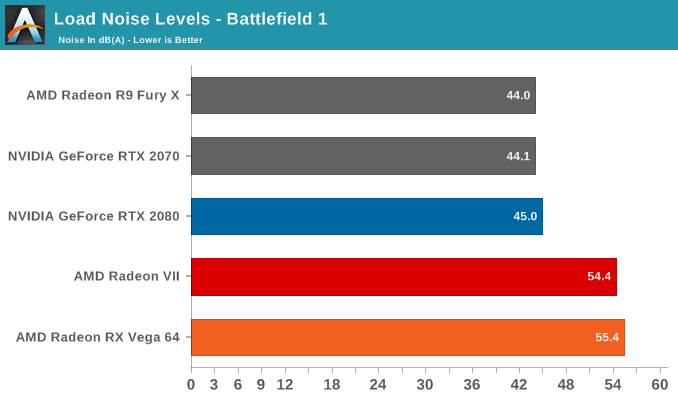
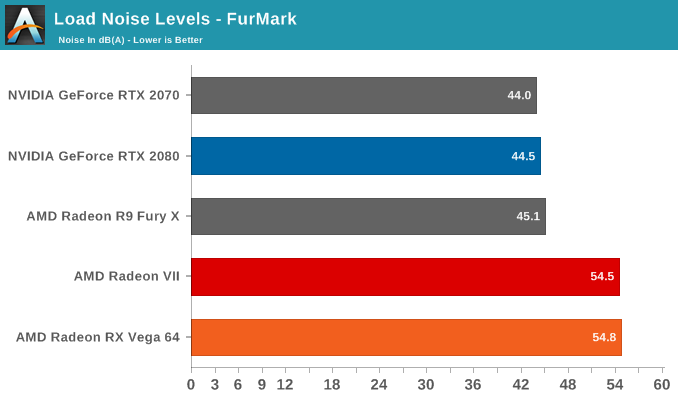










289 Comments
View All Comments
mapesdhs - Friday, February 8, 2019 - link
It's going to be hillariously funny if Ryzen 3000 series reverses this accepted norm. :)mkaibear - Saturday, February 9, 2019 - link
I'd not be surprised - given anandtech's love for AMD (take a look at the "best gaming CPUs" article released today...)Not really "hilariously funny", though. More "logical and methodical"
thesavvymage - Thursday, February 7, 2019 - link
It's not like itll perform any better though... Intel still has generally better gaming performance. There's no reason to artificially hamstring the card, as it introduces a CPU bottleneckbrokerdavelhr - Thursday, February 7, 2019 - link
Once again - in gaming for the most part....try again with other apps and their is a marked difference. Many of which are in AMD's favor. try again.....jordanclock - Thursday, February 7, 2019 - link
In every scenario that is worth testing a VIDEO CARD, Intel CPUs offer the best performance.ballsystemlord - Thursday, February 7, 2019 - link
There choice of processor is kind of strange. An 8-core Intel on *plain* 14nm, now 2! years old, with rather low clocks at 4.3Ghz, is not ideal for a gaming setup. I would have used a 9900K or 2700X personally[1].For a content creator I'd be using a Threadripper or similar.
Re-testing would be an undertaking for AT though. Probably too much to ask. Maybe next time they'll choose some saner processor.
[1] 9900K is 4.7Ghz all cores. The 2700X runs at 4.0Ghz turbo, so you'd loose frequency, but then you could use faster RAM.
For citations see:
https://www.intel.com/content/www/us/en/products/p...
https://images.anandtech.com/doci/12625/2nd%20Gen%...
https://images.anandtech.com/doci/13400/9thGenTurb...
ToTTenTranz - Thursday, February 7, 2019 - link
Page 3 table:- The MI50 uses a Vega 20, not a Vega 10.
Ryan Smith - Thursday, February 7, 2019 - link
Thanks!FreckledTrout - Thursday, February 7, 2019 - link
I wonder why this card absolutely dominates in the "LuxMark 3.1 - LuxBall and Hotel" HDR test? Its pulling in numbers 1.7x higher than the RTX 2080 on that test. That's a funky outlier.Targon - Thursday, February 7, 2019 - link
How much video memory is used? That is the key. Since many games and benchmarks are set up to test with a fairly low amount of video memory being needed(so those 3GB 1050 cards can run the test), what happens when you try to load 10-15GB into video memory for rendering? Cards with 8GB and under(the majority) will suddenly look a lot slower in comparison.